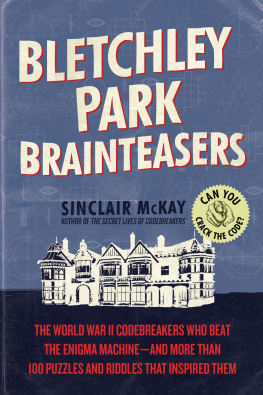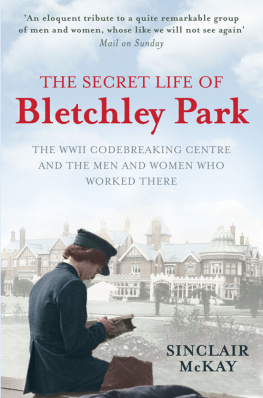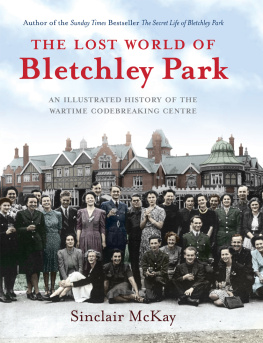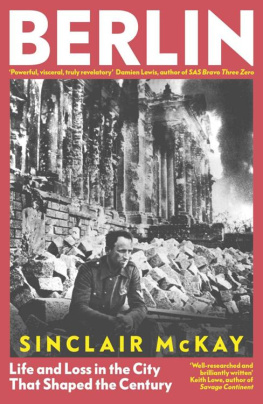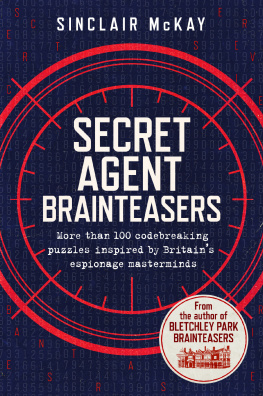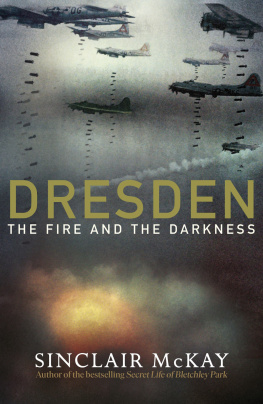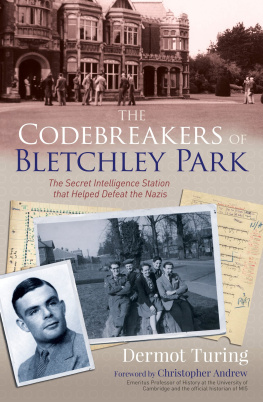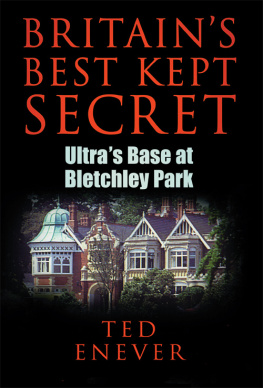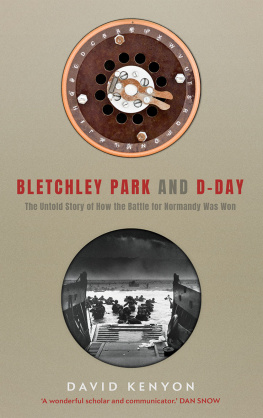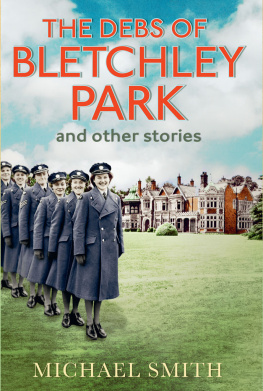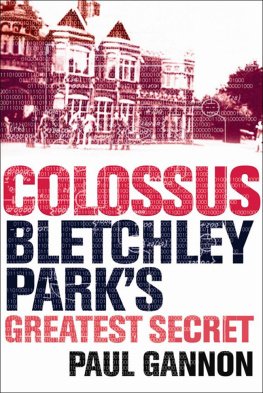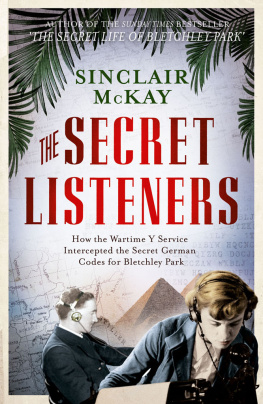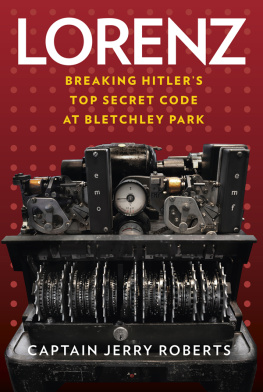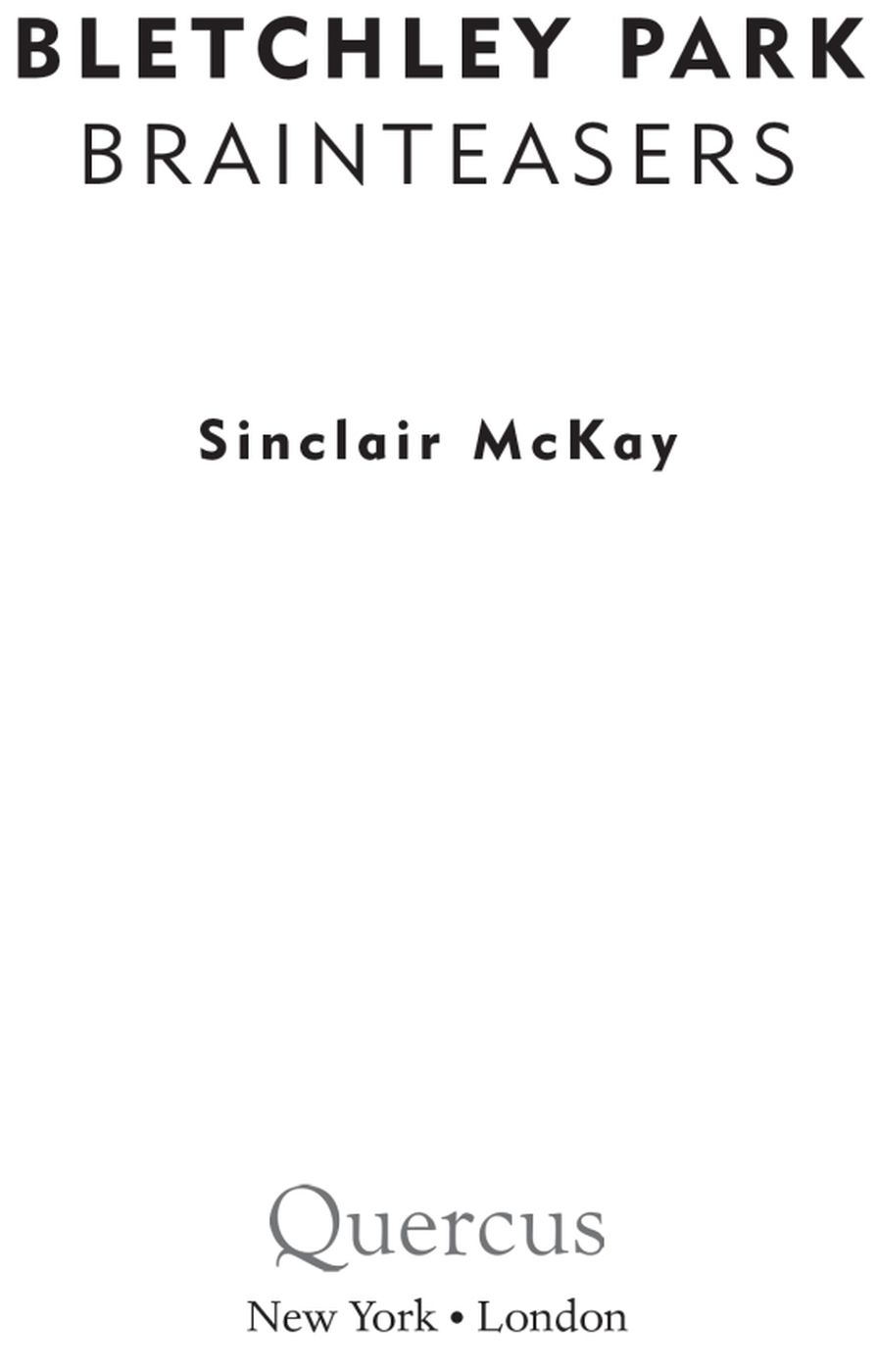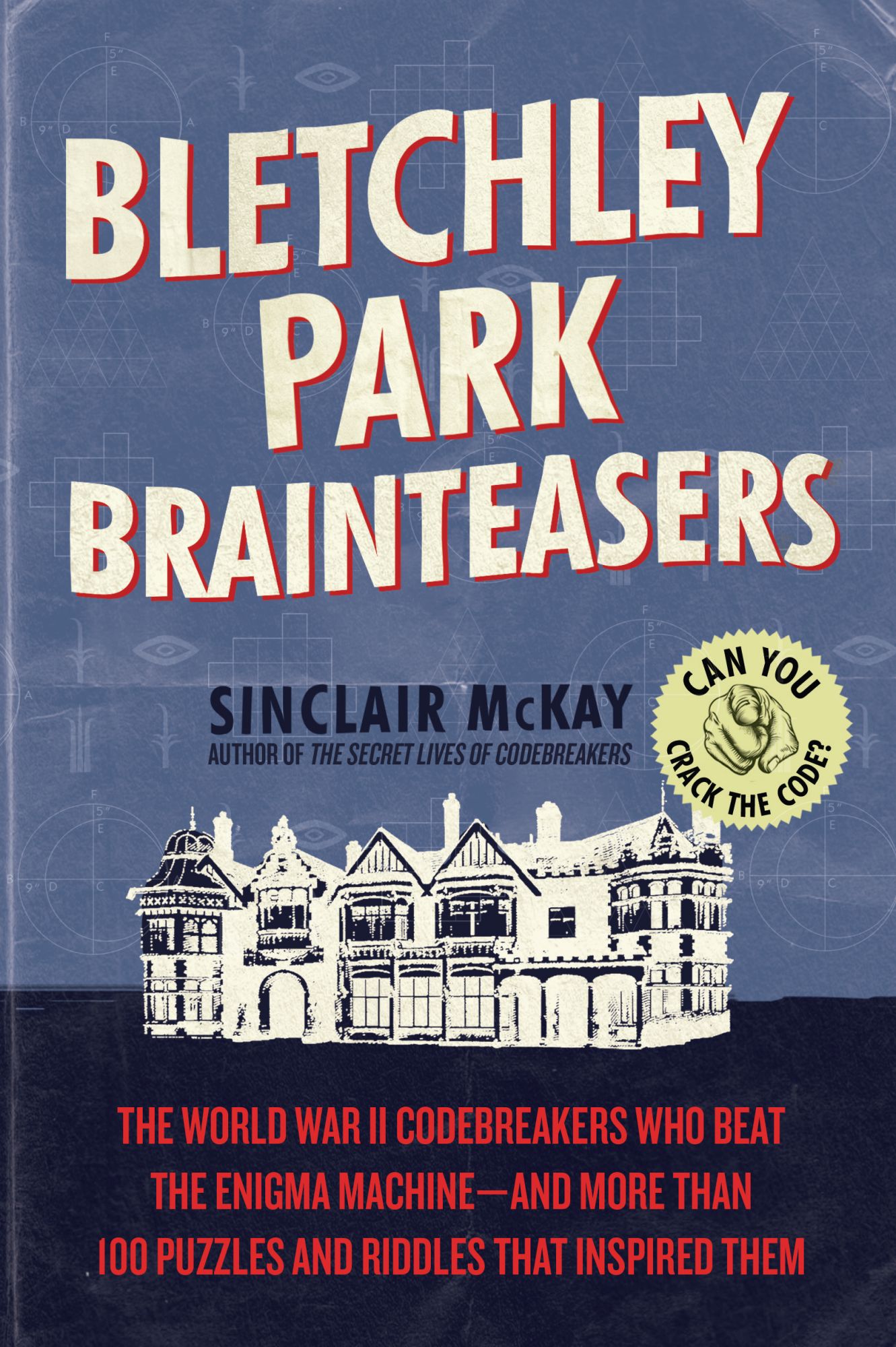
BLETCHLEY PARK
BRAINTEASERS

New York London
2017 by Sinclair McKay
Cover design Kyle Kolker
Bletchley Park illustration adapted from photograph Gordon Bell/Shutterstock
First published in the United States by Quercus in 2018
Crosswords in Chapter 2 The Times / News Syndication and crossword on Telegraph Media Group Limited
All rights reserved. No part of this book may be reproduced in any form or by any electronic or mechanical means, including information storage and retrieval systems, without permission in writing from the publisher, except by reviewers, who may quote brief passages in a review. Scanning, uploading, and electronic distribution of this book or the facilitation of the same without the permission of the publisher is prohibited.
Please purchase only authorized electronic editions, and do not participate in or encourage electronic piracy of copyrighted materials. Your support of the authors rights is appreciated.
Any member of educational institutions wishing to photocopy part or all of the work for classroom use or anthology should send inquiries to .
e-ISBN 978-1-63506-119-2
Library of Congress Control Number: 2018954217
Distributed in the United States and Canada by
Hachette Book Group
1290 Avenue of the Americas
New York, NY 10104
www.quercus.com
To the Bletchley Park Trust, and all those who work at Bletchley Park today, who have not only lovingly restored one of the greatest landmarks of our time, but who also do such brilliant work in teaching younger generations about the astonishing achievements of the codebreakers.
CONTENTS
Not everyone who worked at Bletchley Park was a genius on the level of mathematician Alan Turing. But every recruit had a luminously inquisitive mind.
And the thousands of super-bright young women and men pulled into the wartime codebreaking centrefrom all walks of life, and with all sorts of different talentsdid often share one particularly striking attribute.
They all had an unusual appetite and love for puzzles.
In a few straightforward cases, this was to do with a natural taste for complicated equations and rich linguistics. After all, there were so many exceptional intellects gathered at this top-secret country estate in Buckinghamshire that some Bletchley townsfolknone the wiserthought the place was a special government lunatic asylum.
But not everyone there was an intellectual, and nor was it all maths and modern languages. There was something else too: the people gathered there, from whatever backgroundordinary or extraordinaryall shared the ability to examine a problem from lots of different angles. And more: they shared the ability to relish and enjoy that problem.
The truly astonishing thing was this: by day and by night, these codebreaking men and women grappled with decryption problems that could cause terrible stress and even breakdowns. Yet when off duty, they often sought relief from this stress by diving into yet more puzzles.
The aim of this book is to present a wide range of the sorts of brainteasers, problems and enigmas that were either used to recruit the codebreakers, or were used by the codebreakers as a means of relaxing escapism from the day job.
Whatever their specialitybe it esoteric probability theories, an immersive knowledge of Japanese, a taste for colourful riddles, or simply a fierce addiction to the daily Times and Telegraph crosswordsthe Bletchley Park codebreakers were wonderfully emblematic of a puzzle-loving nation. This taste came to suffuse the very philosophy of the establishment. The codebreakers had to be more than sharp, for the challenges they were to face in their work were the ultimate puzzles, upon which the fate of the nation depended.
When blackout came to Britain after the declaration of war against Germany in September 1939, the Government Code and Cypher School at Bletchleythe codebreaking department that had relocated from St. Jamess Park in London to this country estate midway between Oxford and Cambridgeimmediately started looking for the brightest and the best.
The directors of Bletchley had already begun a systematic sweep of the universities throughout 1938 and they would later spread that net very much wider. They started by homing in on the young undergraduates in the mathematics departments. They wanted these students because they knew that they would be needed to fight the German encryption machine called Enigma that had been invented at the end of the First World War and was known to be used by the Nazis. It was an electric cipher machine that could theoretically produce 159 million million million combinations of letters.
But codebreaking was an art as well as a science, and it stretched back over the years, decades, centuries. As the draughty wooden huts that would house all the top-secret decryption activity were being built around the grounds of the Bletchley Park estate, the recruiters became cannier.
As well as seeking mathematicians, they also began looking for gifted young people with exceptional language skills: fluent German was naturally a great advantage. Indeed, as the war went on, candidates were needed who could master Japanese within the space of a few short weeks. So once again, the directors sent their scouts through the universities, making discreet enquiries.
Universities alone, however, could not provide all the recruits. Intelligence comes in all forms, not necessarily in mortarboards and black gowns. Before the war, Bletchleys directors had also put word out in aristocratic circles: throughout the 1930s, young women from the smarter families had often been sent out to Germany and Switzerland to finishing schools, where they acquired an ease with the languages of continental Europe.
And the net was to be thrown wider yet, for there were to be thousands of bright young female recruitsvolunteers for the Womens Royal Naval Service, Womens Auxiliary Airforce and Auxiliary Territorial Serviceushered into this shadowy, secret world, in order to operate the technology of the future. These Wrens, hailing from all sorts of different educational backgrounds and from all over the country, were selected by means of an innocuous-looking question on their application forms. The question asked if the candidates enjoyed mental recreations in the form of cryptic crosswords, or similar.
If the answer to this was yes, there followed several discreet intelligence tests. After which the brightest of these young women would find themselves issued with a ticket for a train journey to a clandestine destination, having sworn to keep secret for the rest of their lives the details of the crucial codebreaking work that was about to consume them. They would go on to become experts in the wiring and the workings of technology so intensely secret that at first not even Britains closest allies knew about it.
Along the way, other kinds of talented individuals were cherry-picked by the Bletchley recruiters too. Various poets were pulled in to the codebreaking efforts. Again, an affinity and ear for the infinite possibilities of language was the hook. Then there were the musicians. One of the most striking aspects of the Bletchley Park story is that a huge proportion of the young men and women gathered there had an amazing aptitude for music. There were endless concerts in and around Bletchley Park. Among the codebreakers were gifted pianists, violinists, sopranos and tenors. There were composers and conductors; artists who would go on to have extraordinary post-war careers. Something in the rhythms and structure of music clearly correlated to the discipline of codebreaking.
Next page
